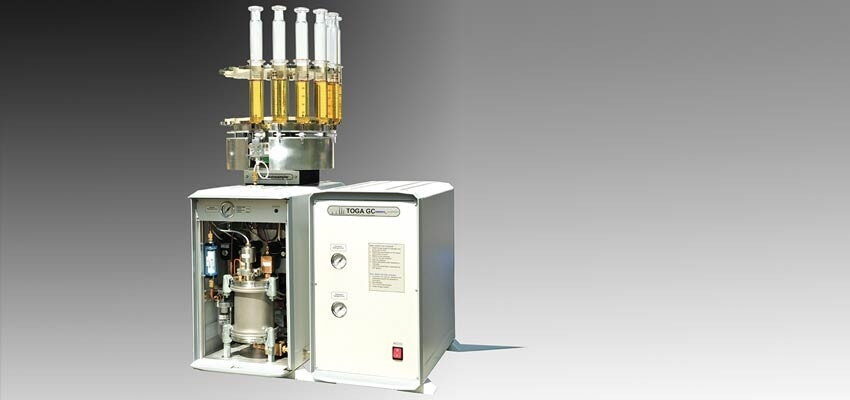
Significance of CO2/CO ratio in dissolved gas analysis
Abstract According to the literature, the ratio of carbon dioxide and carbon monoxide (CO2/CO) for a transformer with a healthy cellulose insulation system should be...
byMladen Banovic, P Ramachandran, Navin Rego and Pavel Justiz

Abstract
According to the literature, the ratio of carbon dioxide and carbon monoxide (CO2/CO) for a transformer with a healthy cellulose insulation system should be between 3 and 11. If results of the dissolved gas analysis (DGA) of oil from transformers in service give the ratio value of CO2/CO less than 3, it means that the cellulose insulation is degrading rapidly. What is the meaning of this ratio if it is high; say greater than 15 or 20?
Keywords: carbon monoxide, carbon dioxide, ratio, dissolved gas analysis
Introduction
DGA is an interesting topic which introduces several interpretative methods. The most popular ones are key gases, Dornenberg, Rogers ratio and Duval Triangle. The standards IEC 60599 and IEEE C57.104 provide in-depth guidelines, focusing primarily on more expensive and large sized power transformers. Individual gas concentrations provide some information but the ratio and especially the rate of change provides much more helpful information about transformer health.
Carbon monoxide and carbon dioxide in transformer oil
Basically, CO and CO2 gases are found in oil, originating from the oxidation of cellulose insulation. Combustible gases like hydrogen H2, methane CH4, acetylene C2H2, ethylene C2H4, and ethane C2H6 are generated by thermal process such as local overheating and in small concentrations due to partial discharge which decomposes the mineral oil. Normal gas values are shown in the Table 1. These values may vary as per interpreter. One should generate Caution and Warning level to immediately respond or follow up with sample verification or supervision and schedule as needed.
Table 1: Widely accepted normal gas value levels

What is considered normal values? What happens if the value (concentration) of one or more gases is higher?
First it is necessary to mention that ‘normal’ values are determined mostly by using any statistic operation on some large data set. For instance, IEC 60599 defines normal (typical) concentration values as the range of 90 % typical gas concentration values observed in power transformers. In other words, 90 % power transformers have concentration of gases under this range. Nobody can tell whether transformer has a local malfunction if some value is slightly elevated. Each device has to be assessed individually with insight in its history, which means comparing the actual values with historical values.
Meaning of the ratio also relates to the individual CO and CO2 concentrations. Dividing concentrations as in cases shown in Table 2 provides the same result. However, while the first case is not problematic, the second one can be.
Table 2: Cases with the same CO2/CO ratio where its meaning can vary

Case studies
Case 1
In the reported case showed in Table 3, it was concluded that “paper is degrading and the transformer has a hot spot of about 730 °C”. It is not clear whether the conclusion in the reported case was made solely on the basis of DGA or whether some other measurements also supported the diagnosis.
Table 3: A reported case with high CO2/CO ratio

Meaning of the CO2/CO ratio also depends on the CO2 and CO historical values (in IEC 60599 clause 6.1 and 9).
The CO2/CO ratio becomes significant when individual gases are above 5000/500 ppm. A ratio below 3 indicates ageing of insulation by arcing. A ratio above 10 indicates cellulose ageing from thermal heating.







